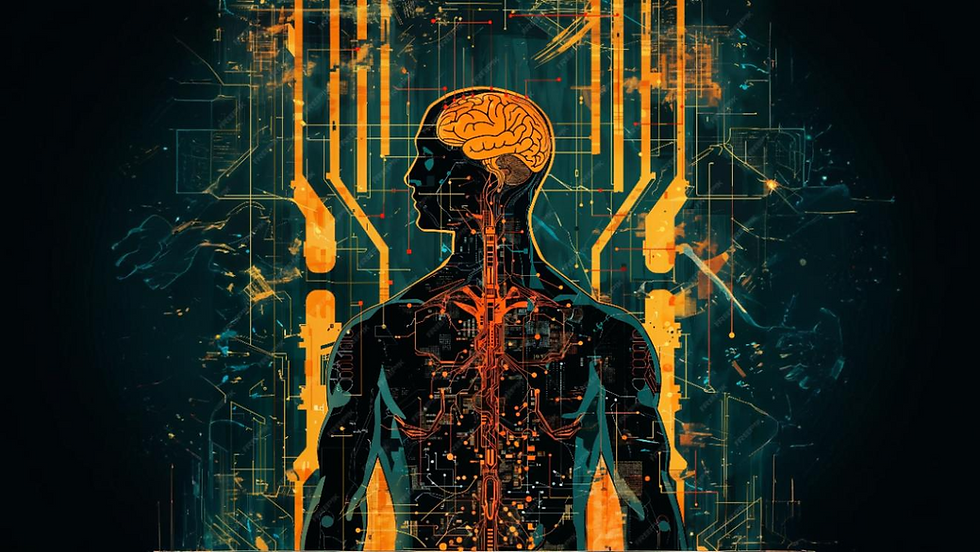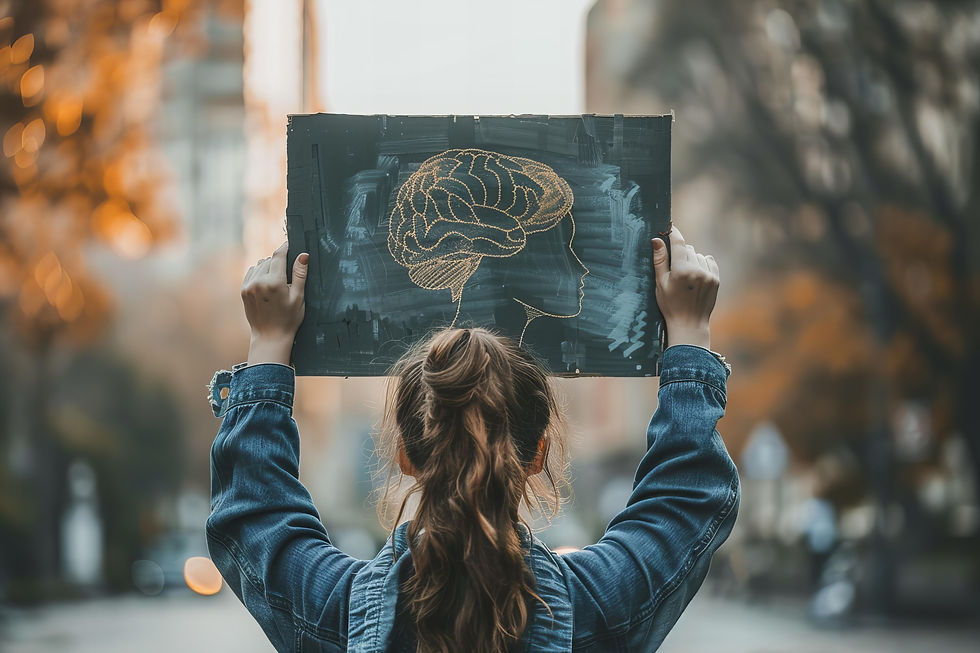How to Rewire Your Brain (Without Burning It Out)
- Dr. CK Bray

- Sep 11
- 3 min read

The science of learning faster, adapting better, and doing hard things on purpose.
If you’ve ever said, “I’m too old to learn that,” or “My brain just doesn’t work that way,” it’s time to toss that idea out the window like last year’s phone charger.
According to neuroscientist Dr. Michael Kilgard, your brain is always ready to change. The question is: are you giving it what it needs?
Turns out, real learning, like deep, sticky, brain-changing learning, doesn’t happen just because you read a book or watch a video. It happens when four things line up: Focus, Friction, Reflection, and Rest. Let’s break them down, and no lab coat is required.
1. Focus: Your Brain Needs You to Show Up
You can't scroll Instagram with one hand and expect to learn Spanish with the other. Learning demands alertness. Your brain is like a heat-seeking missile for attention if you’re not tuned in, it’s not turning on.
Want to learn faster? Shut out distractions. Turn off the background music. Silence the notifications. And when you sit down to learn, actually show up.
Try This: Use a timer for 15 minutes of pure, undivided attention. You’ll get more done than in an hour of multitasking.
2. Friction: No Discomfort, No Change
Here’s the twist: learning shouldn’t feel easy. In fact, when it feels a little awkward, frustrating, or even embarrassing, your brain is paying more attention.
Kilgard calls this friction, and it’s the emotional glue that makes memories stick. Think of it like lifting weights for your brain. If the reps are too light, nothing changes. But if you feel the burn? That’s growth.
Try This: Want to get better at public speaking? Record yourself. Watch it back. Cringe. Repeat. That discomfort? That’s your brain laying new tracks.
3. Reflection: Make the Learning Stick
After a hard workout, you don’t just walk away; you stretch, cool down, and recover. The same goes for learning. After you practice something, take a minute to reflect. What worked? What didn’t? What did you feel?
Reflection helps your brain "save the file" by turning short-term learning into long-term memory.
Try This: Keep a small “learning log.” One sentence a day: “Today I learned X, and the hardest part was Y.”
4. Rest: Let the Brain Do Its Thing
This is where it gets wild: you don’t actually rewire your brain while you’re learning. The rewiring happens after when you rest, especially during deep sleep and REM.
In fact, one of the most underused productivity tools? A good nap.
Try This: If you’re learning something new, don’t skimp on sleep. Sleep isn’t a reward for learning, it's part of the process.
Bonus: Shocking Your Brain (Literally)
Dr. Kilgard’s lab is also working on something called vagus nerve stimulation a tiny device that helps people recover from strokes, improve learning, and even reduce symptoms of PTSD.
Imagine a pinky-nail-sized device that sends tiny signals to the brain while you learn, making that learning stick faster. It's real, it’s FDA-approved for stroke recovery, and it might be the future of brain training.
But even if you’re not getting a neural implant anytime soon, the same principles still apply: challenge your brain, reflect on what you’re learning, and get some solid rest.
Final Takeaway
Your brain isn’t a hard drive, it's a living, changing, messy miracle. It wants to grow. You just have to give it the right conditions.
So next time you’re learning something new, whether it’s a language, a leadership skill, or a better pickleball dink, remember:
Focus. Friction. Reflection. Rest.
No shortcuts. Just science.
LEARN MORE FROM THE PODCAST
Header image by Freepik





Comments